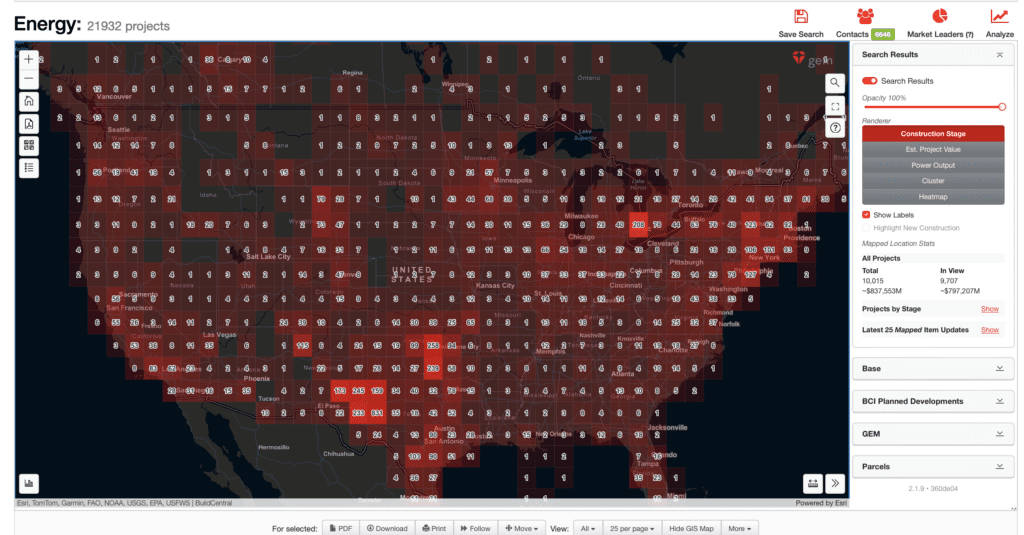
Wind Energy Blows Past Coal: A New Era of Clean Power?
In an incredible shift in the U.S. energy landscape, wind power has quietly surpassed coal as a primary source of electricity. According to the latest data from the Energy Information Administration (EIA), April marked the second consecutive month where wind energy generated more electricity than coal. This milestone not only shows the growing dominance of renewable energy but also signals a potential long-term trend that could reshape the nation’s energy future.
Is Wind Power Here to Stay?
The recent surge in wind energy production has sparked a key question: Will this trend continue? Several factors suggest that wind power’s lead over coal might not just be a fleeting moment but rather the beginning of a sustained shift.

Government Subsidies and Policies
The U.S. government has been actively supporting renewable energy through various subsidies and tax incentives, making it more financially viable for companies to invest in wind farms.
Key federal policies, such as the Production Tax Credit (PTC) and the Investment Tax Credit (ITC), have played a significant role in the growth of wind energy. Originally enacted in the Energy Policy Act of 1992, these credits were designed to level the playing field for renewables by offering incentives similar to those long available to fossil fuels. The PTC provides tax credits based on the amount of energy produced, while the ITC offers upfront credits for investment costs.
The Inflation Reduction Act (IRA), passed in August 2022, further extended these credits for wind projects through 2024. The IRA also introduced increased credit amounts and bonus tax incentives for projects that meet certain criteria, making renewable energy investments even more attractive. Starting in 2025, the PTC and ITC will transition to technology-neutral versions, phasing out by 2032 or when greenhouse gas emissions from the power sector drop by 75% from 2022 levels, whichever occurs later . These incentives, combined with the growing demand for clean energy, ensure wind power’s continued growth and its increasing dominance in the U.S. energy mix.
These incentives, coupled with the growing demand for clean energy, are likely to keep wind power on an upward trajectory.
Environmental and Economic Pressures
Coal has been facing headwinds due to its environmental impact and the rising costs of compliance with stricter emissions regulations. As a result, many utilities are opting to retire older, less efficient coal plants in favor of renewable options like wind. Over the past decade, the U.S. has retired 40% of its coal fleet. These plant closures mean fewer greenhouse gas emissions, contributing positively to environmental efforts, but they’ve also left communities—especially those in Great Lakes states—grappling with the economic fallout of job and revenue losses.

Is Coal’s Decline Inevitable?
While wind energy’s ascent is clear, the situation with coal is more complex. Coal production is not just stagnating; it’s declining. This decline can be attributed to a combination of environmental regulations, market preferences, and the increasing availability of cheaper and cleaner alternatives. However, it’s not just about preference—coal is also facing challenges related to efficiency and scalability in the modern energy landscape.
Wind and Solar Leads Renewable Energy
Wind energy’s success is part of a broader trend where renewables are increasingly outpacing fossil fuels globally. In 2023, wind and solar combined to add more new energy to the global mix than any other source, a historic first. This growth in renewable energy accounted for 40% of the overall increase in global energy demand, outpacing both oil and coal.
Top States for Wind Farm Construction
Tracking the planned wind farm construction across the United States reveals that certain states are leading the charge in expanding wind energy infrastructure. According to Geospatial Energy & Mining (GEM) from BuildCentral, the five states with the largest planned wind farm construction pipelines are:
- Wyoming– Two Rivers Wind Project ($672 million)
- Kansas– Pheasant Corner Wind Project ($600 million)
- Oklahoma– North Rim Wind Project: Onshore Wind Farm ($500.94 million)
- North Dakota– Oliver Wind IV Project ($484.8 million)
- California– Campo Wind Project ($415.8 million)
These states are currently at the forefront of wind energy expansion.
Sample Project Report:
Lava Run Solar Project
Project: #3667226 • Updated: 7/1/2024
| Project Information | |||
|---|---|---|---|
| Project Type: | Wind Farm | Construction Type: | New |
| Interconnection: | Western | Queue Number: | 1699.68 |
| Estimated Value: | $25-$100 million | Size: | |
| Power Output: | 450 MW | Site Area: | 161.87 hectares |
| Wind Turbine: | Solar Panel: | ||
| Sector: | Private | On/Offshore: | Onshore |
| Estimated Schedule (as of 7/1/2024) | |
|---|---|
| Stage: | Proposed |
The Lava Run Solar Project is one of the significant wind energy projects underway in Springerville, AZ with a planned capacity of 450 MW.

Book a Demo with BuildCentral
For more insights on the future of wind energy and to explore detailed reports on planned wind farm projects, book a demo with BuildCentral to learn more about GEM.



